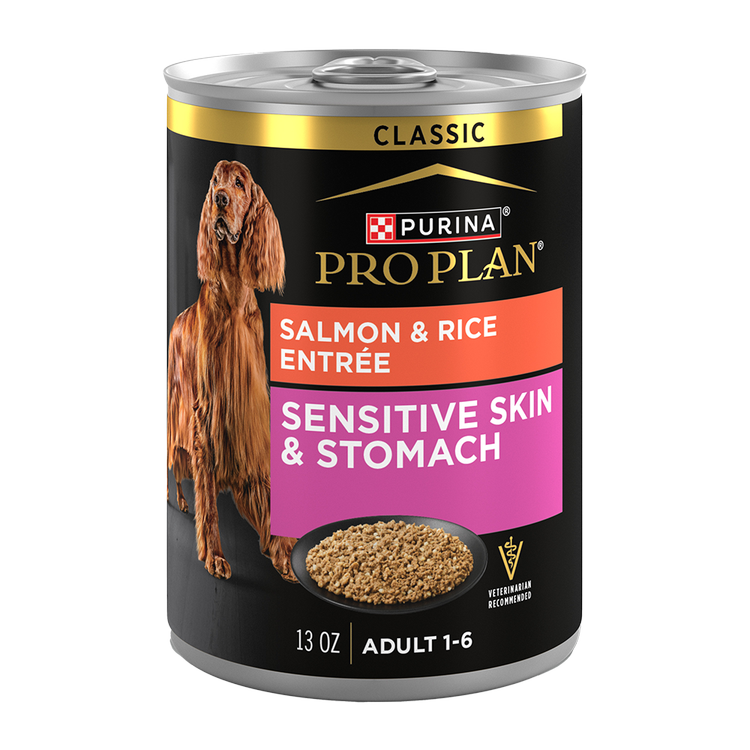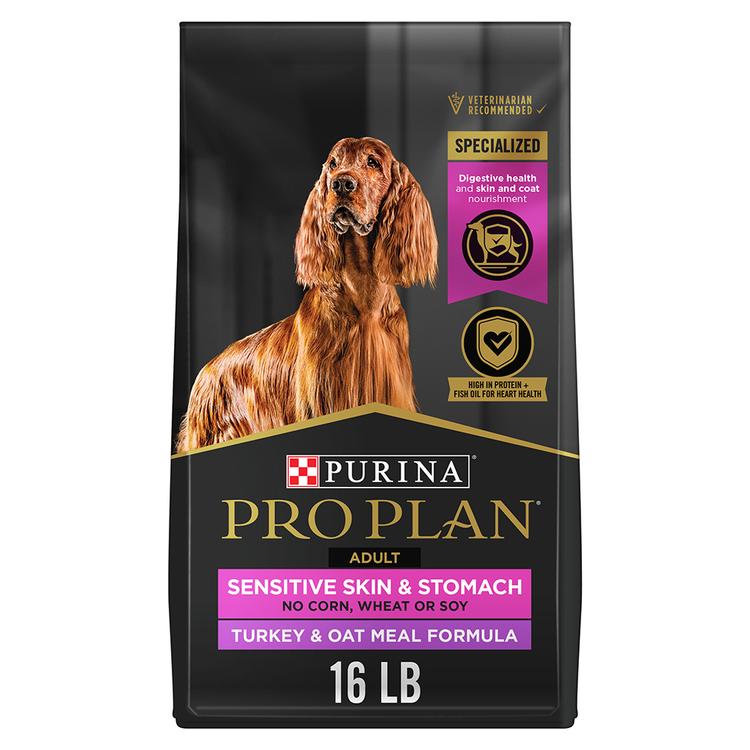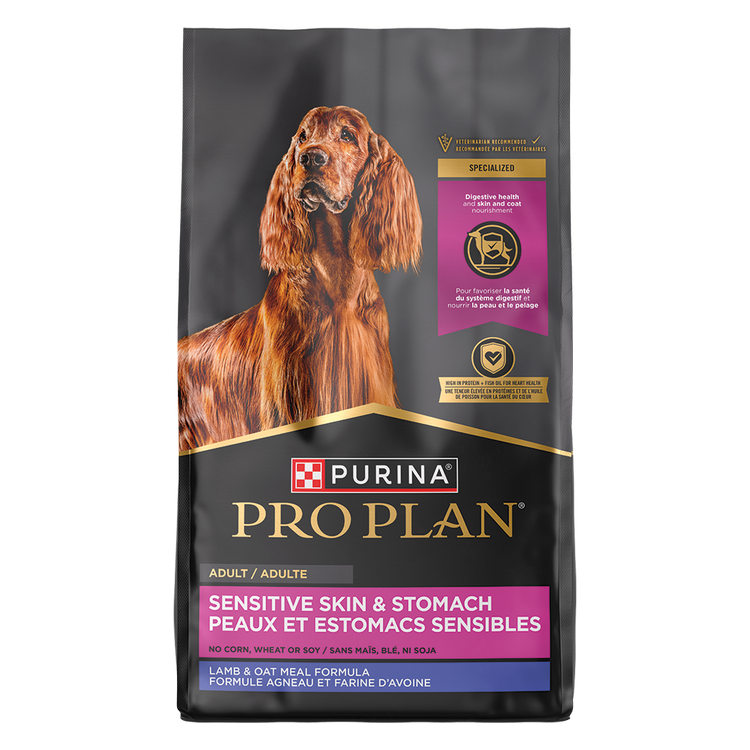West Highland White Terrier

- Size:Small
- Height:Males: 11 inches; Females: 10 inches
- Weight:Males: 15 to 22 pounds; Females: 13 to 15 pounds
- Coat:Medium
- Energy:Medium
- Activities:Agility, Conformation, Obedience
The West Highland White Terrier, also known as the “Westie,” is known for his friendly, strong-willed personality and bright white coat.
Temperament
The affectionate and happy West Highland White Terrier makes a faithful family companion. As a highly intelligent, speedy and cunning hunter, he needs daily exercise, either on leash or in a fenced area.
The Westie’s self-reliance and independent streak can make him difficult to train. Early and consistent training—and a lot of patience—will turn a rambunctious Westie puppy into a well-mannered adult.
Characteristics
Westies are a compact dog with dark eyes and a carrot-shaped tail. Although he looks soft and fluffy, the white double coat is rough.
Lifespan
13 to 15 years
Colors
The Westie was bred to be all white to make him easily identifiable from other animals.
Shedding
West Highland White Terriers shed seasonally. They do need daily brushing and a coat trim every four to six weeks.
Health
Westies are generally healthy but may be prone to weight gain. They may also be at risk for cardiac disease or luxating patella. Responsible breeders screen for such conditions to help produce the healthiest dogs possible, though.
Best Dog Food for West Highland White Terrier Dogs & Puppies
Due to the Westie’s small size, he may prefer a small breed dog food, formulated with smaller kibble to make chewing more comfortable.
A complete and balanced small breed puppy food will have all the nutrients a Westie puppy needs for growth and development throughout his first year of life.
History
The West Highland White Terrier originated in 17th century Scotland and was bred to hunt rodents like rats who destroyed grain stores and spread disease.
Other terriers developed in Scotland around the same time included the Cairn, Skye, Scottish and Dandie Dinmont terriers.
Though they were first popular as exterminators of the pesky rodents, they became popular at Scottish dog shows in the late 1800s.
By 1906, the Westie made its debut at American Kennel Club (AKC) dog shows. The AKC registered its first Westie in 1908 and the breed has been popular among Americans for more than 100 years.
Facts
- The Westie has also been known as the Roseneath Terrier and the Potalloch Terrier. The name “West Highland White Terrier” refers to the northwest part of Scotland where the breed became popular. The name was officially changed in 1909.
- Prominent brands like Juicy Couture and Black & White Scotch Whiskey have both used the Westie in their advertising.
- According to legend, Westies were bred to be white so they were easily identifiable and wouldn’t be mistaken for other small animals like the fox.
- The Westie was one of 3 popular breeds registered by AKC in 1908. The other two were the Doberman Pinscher and the German Shepherd Dog.


